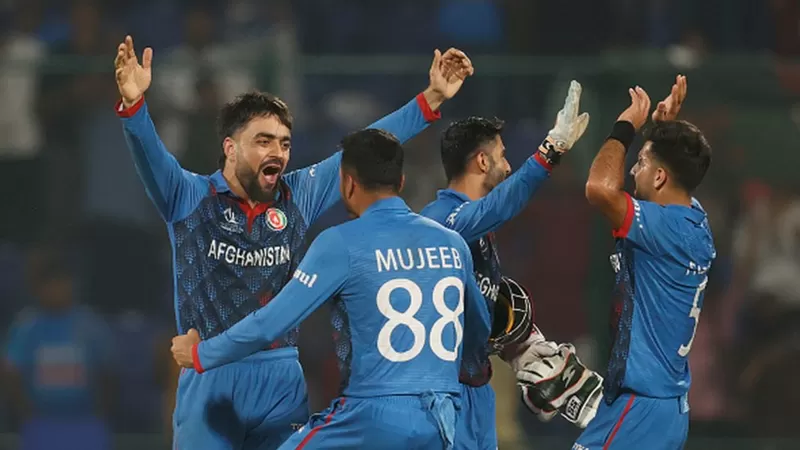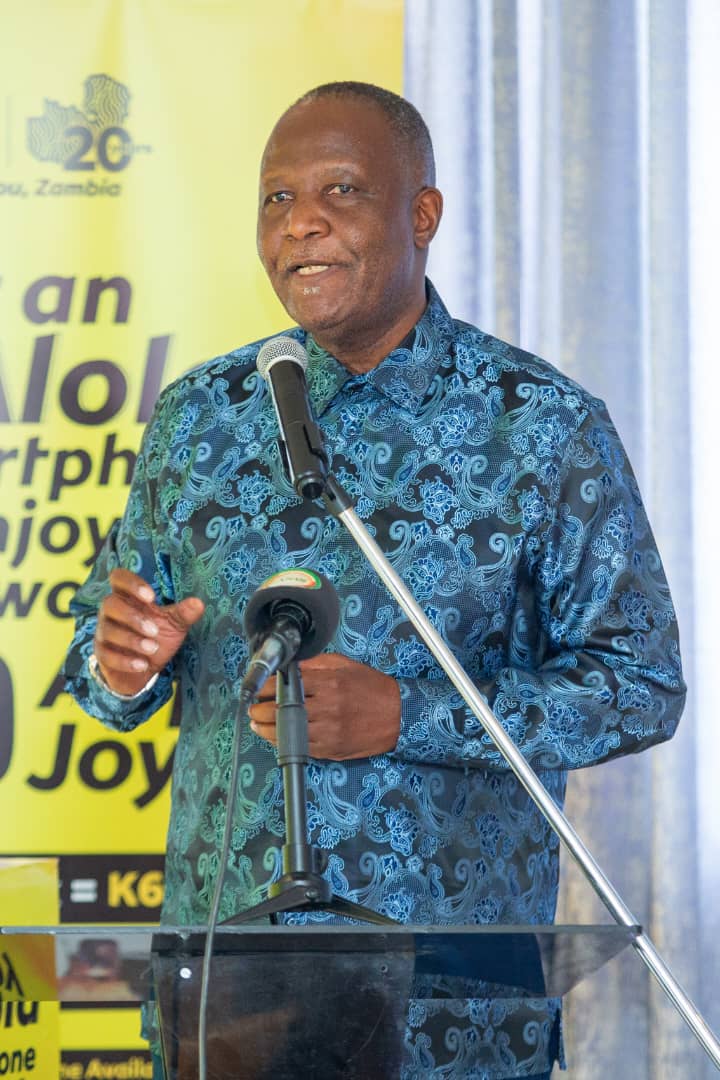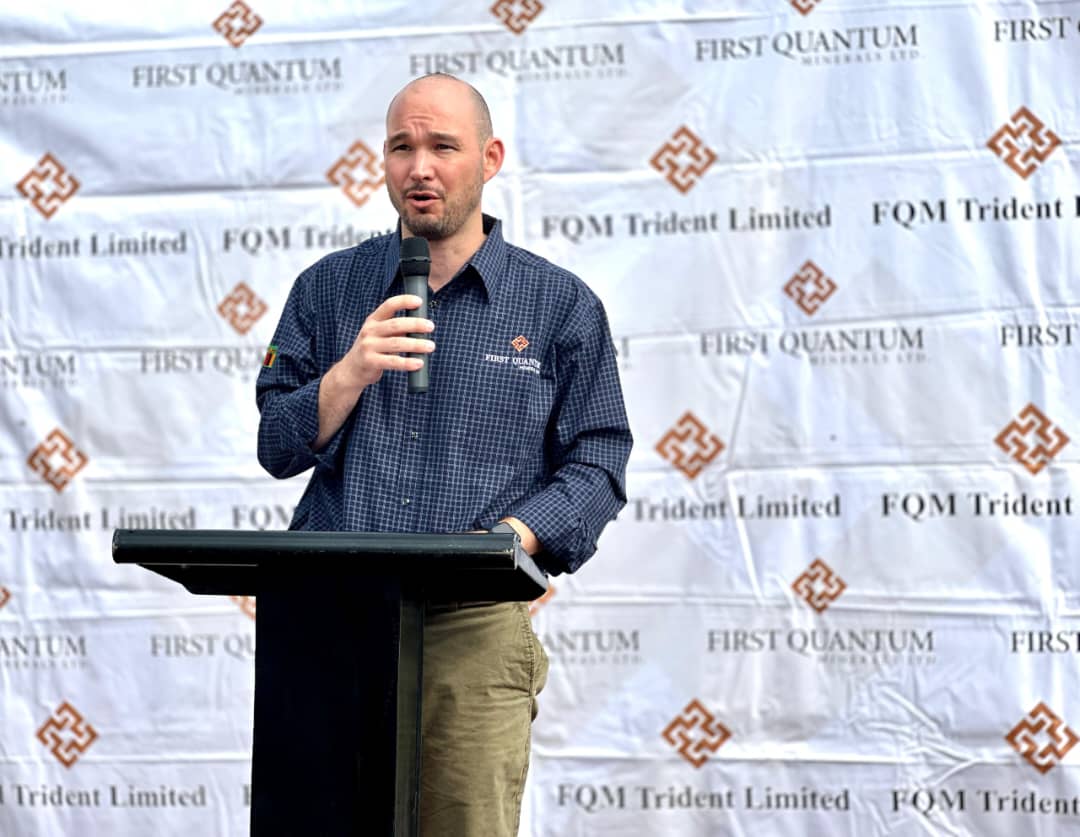Afghanistan’s dream run in the Cricket World Cup includes victories against former champions England, Pakistan and Sri Lanka. Tuesday’s defeat to Australia may have dented their semi-final hopes, but the stunning campaign of players from a war-weary nation whose government nobody recognises has captured the cricketing world’s attention and brought joy to fans.
At the Wankhede Stadium in Mumbai on Tuesday, Afghanistan were poised to create another miracle.
The youthful team – 11 of their 15 players are under the age of 25 – playing only their third ODI World Cup, had Australia on the ropes. They had reduced the five-time world champions, chasing a target of 292, to a precarious 91 for seven wickets.
But then the miracle changed hands. Braving cramps, Australia’s swashbuckling batter Glenn Maxwell took his team to a stunning win with an unbeaten double hundred, a feat of fearless hitting and human endurance.
“Really disappointed. Cricket is a funny game, it was unbelievable,” Afghanistan captain Hashmatullah Shahidi told media after the match.
But it’s Afghanistan’s rise in one-day international cricket that has been more unbelievable for the team and their fans alike.
Before 2023, Afghanistan had secured only one victory across two World Cup tournaments after their qualification in 2015. Now they have won four, including one each against defending champions England and Pakistan, where some of the Afghan players first encountered the game as refugees.
“Their progress has been sensational. What Afghanistan has done in 25 years, climbing from the bottom of the qualifying leagues to almost making it to the semis of a World Cup, other teams take 60-70 years,” Sidharth Monga, a senior cricket writer at ESPNcricinfo, told the BBC.
Ahmadzai adds that a lot of fresh, young talent comes through a network of club cricket.
So someone like Noor Ahmad, the youngest player at the World Cup at 18 years, plays alongside 38-year-old star Mohammad Nabi.
The team’s ascent is also a sign of how far Afghanistan have come as a cricket-loving nation, Ahmadzai says.
“We learnt cricket in exile, with nothing but a twinkling of hope on our side. But this generation is a product of Afghanistan. We trained them there.”
Unlike India and Pakistan, cricket’s popularity in Afghanistan is more recent. Its earliest players learnt the game as refugees in Pakistan after the 1979 Soviet invasion of Afghanistan.
When they returned home, they brought the game with them but it wasn’t easy. The team has weathered years of war, bomb blasts and abductions of loved ones as they played.
“The fear never left us. Just like life itself, the game’s future hung in the balance,” Ahmadzai says.
Even in the 1990s, when the Taliban first came to power, they did not stop men from playing cricket – cricketers were seen to be “more modestly dressed” compared with other athletes, Monga says.
Fast forward to now when the players have become celebrities at home, their posters on billboards and their skills on field etched in the minds of young Afghans, including Ahmadzai’s son who dreams of bowling like star leg-spinner Rashid Khan one day.








